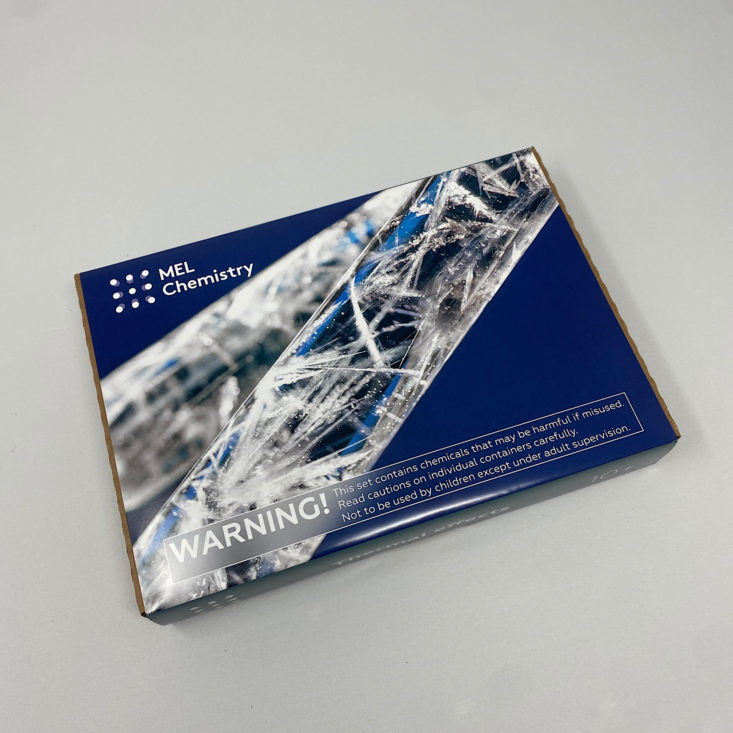
MEL Chemistry is a subscription box for kids ages 9-14 from parent company MEL Science that sends all of the materials you need to complete 2-3 chemistry experiments every month. This is perfect for kids who are interested in science or for homeschool students! Check out our reviews for MEL Physics (ages 8- 14+) and MEL Kids (ages 5-10) to see what else MEL Science has to offer!

This box was sent to us at no cost for review. (Check out the review process post to learn more about how we review boxes.)

About MEL Chemistry
The Subscription Box: MEL Chemistry
The Cost: $34.90 per month
The Products: Everything you need to conduct 2-3 chemistry experiments each month safely in your own home!
Ships to: The U.S. and U.K. for free. International shipping to select countries is also available, although there may be additional shipping charges depending on location.
MEL Chemistry "Thermal Effects" Review June 2021
This month our experiments' theme is "Thermal effects" and the contents were listed on the back of our box and the outside page opened up to some safety warnings and complete directions for our projects. You may note that they list a few items we need to get from our Starter Kit.
Note: The following items did not come in this month's kit!
Starter Kit
Your free starter kit (valued at $50.00) will come in your first shipment. It includes all of the equipment you'll need to conduct your experiments each month and even includes some accessories for your tablet or smartphone to help you access all of the information they provide in their apps. To see more details about everything we received in our kit, you can check out our Starter Kit review here!
VR Headset
Also included with our Starter Kit was this virtual reality headset. This cardboard headset folds up easily and then you slip your phone into the slot and use their free MEL VR app.
The VR app opens up in a lab where we have the opportunity to learn about different molecules and atoms and explore them closely. This is so great for gaining a deeper understanding of what happens throughout our experiments and as a fun extension to our lessons!
These are the items we needed this month: a tray to work on, our safety goggles, and our phone/tablet stand.
We also needed our glass beaker, some of the plastic cups, a rubber stopper, the glass flask, and our pocket stove.
While they provide individual cards for each experiment, we also have the option of accessing the directions through the app, which provides a more interactive way to complete the experiments. Here is a look at how the app is set up. It's well organized and easy to use with information on safe disposal, some troubleshooting tips, and a scientific description of what happens during the experiment. You can even set a reminder to start the experiment.
The app provides thorough, detailed instructions. Some of the instructions are even animated, which is pretty cool, and usually, if it is a timed experiment, they will have a little built-in timer on that page for you to use. Some months, they even include an educational video for us to watch while we wait. At the end, they ask you to rate the experiment.

All of our reagents come packaged neatly with absorbers in the bag in case of any spills. The bottles are clearly labeled and include information about any hazards. They provided enough materials for us to complete our experiments a couple of times. Each label also contains a little code that we can scan to open up for more information about the chemicals. We are able to view it in 3D or even in virtual reality by using the VR app and our headset.
The app gives so much detail about each of the reagents including a description, hazards, precautions, and even a link to the Wikipedia page for further information. So thorough! And it's even more fun if you interact through the VR app! This is from a previous experiment, but the information follows the same format for each reagent.
They provided a few basic supplies that were used for our experiments; a pair of gloves, some double-ended spoons for measuring, some wooden sticks for stirring, and thermostickers. They also provided a syringe, a Petri dish with a lid, some tealight candles, and a few empty candle tins.
Experiment 1: Crumpled Bottle
Our first experiment was "Crumpled bottle." While the app is fun to use, it is not a necessity, since they provide a card like this one that contains all of the information you need for your experiments, complete with full-color illustrations. The front gives a brief description of what to expect and also provides a scale to rate the difficulty and danger of the activity as well as the duration. On the back is a little box we can scan with our app which allows us to open directly to the experiment on our phone or tablet if you'd prefer that method.
First, we prepared our plastic bottle by adding a thermosticker to the outside. These stickers change colors when there is heat present. Next, we placed one bottle of copper sulfate inside of the plastic bottle, then followed with one bottle of zinc powder, and stirred for 10 seconds. Then we placed the bottle inside of the glass beaker and added some water to the bottle before covering it with the Petri dish. Then it was time to observe!

As you can see, we had quite the reaction! The chemicals turned black and gooey looking and our bottle crumpled. You can also see that there was some heat present based on the thermosticker!
Experiment 2: Hot & Cold
The next experiment was "Hot & Cold" and for this, we used calcium chloride, urea, and some calcium nitrate tetrahydrate.
This time we had thermostickers to place on our empty candle tins that detected both heat and cold. First, we tested out the calcium chloride mixed with some water which made our cup warm. Then, in our next tin, we found that urea mixed with water actually turned cold. The calcium nitrate tetrahydrate was then able to be added to our urea mixture which turned it even colder. This was a fun way to see how different chemicals reacted to water and my daughter was excited about the temperature changes and the way the thermostickers showed them!
Experiment 3: Instant Crystals
For our last experiment, we had two tubes of sodium acetate and we needed to provide some boiling water.
For this experiment, we needed our pocket stove and our candles placed inside. First, we dipped a stick into the water and then into the sodium acetate crystals before setting it in the hole of the rubber stopper to hold it while we moved onto the next step. We added some water to the remainder of the tube and then added boiling water to the glass beaker, set it on top of the pocket stove, and lit the candles inside. Then we placed the tube into the beaker and we waited for 15 minutes. My daughter blew out the candles and we cooled our tube down in a flask of cool water for another 15 minutes before opening the tube and sticking our stick of crystals inside and observing.
My daughter was amazed at the results! It looked like an instant freeze inside of our tube!
Verdict: We always have a lot of fun with our MEL Chemistry delivery! The experiments are fairly simple, they provide everything we need (with the exception of water), and there are so many ways to interact with the chemicals and experiments through the app and VR component. My daughter loved all of the great reactions we witnessed this time and I think it is such a great way to incorporate some chemistry safely in your own home. I never did well in science, but even I am able to conduct and facilitate these experiments, so it really is perfect for any level (with adult supervision, of course!).
To Wrap Up:
Can you still get this box if you sign up today? Yes, it is possible that you will receive this set. From MEL Chemistry:
"The topics are looped such that the start date of your subscription does not matter; you will eventually receive all the experiment sets."
Check out all of our MEL Chemistry reviews and our list of the best subscription boxes for kids, as recommended by MSA readers!
Keep Track of Your Subscriptions: Add MEL Chemistry to your subscription list or wishlist!
What do you think of MEL Chemistry?



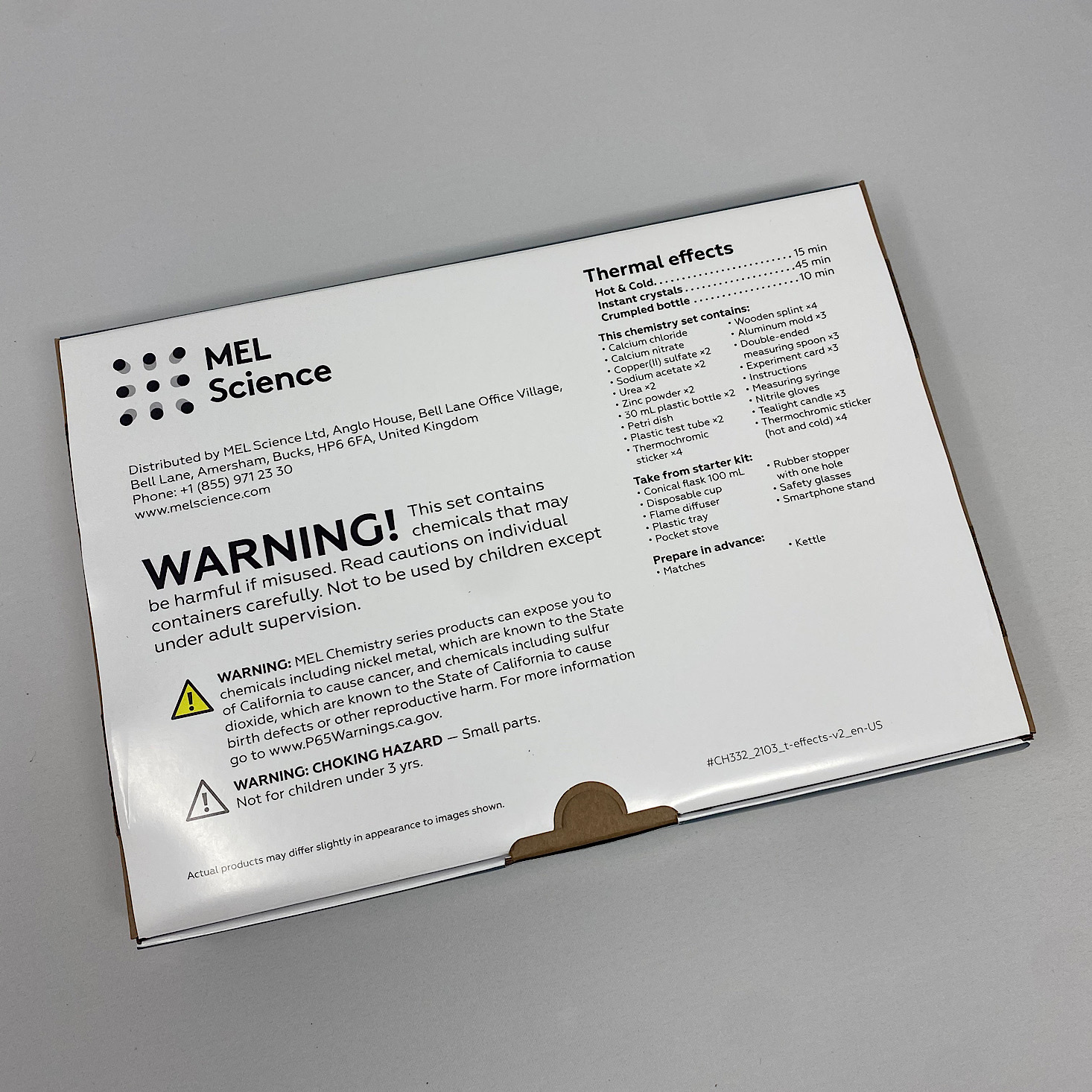
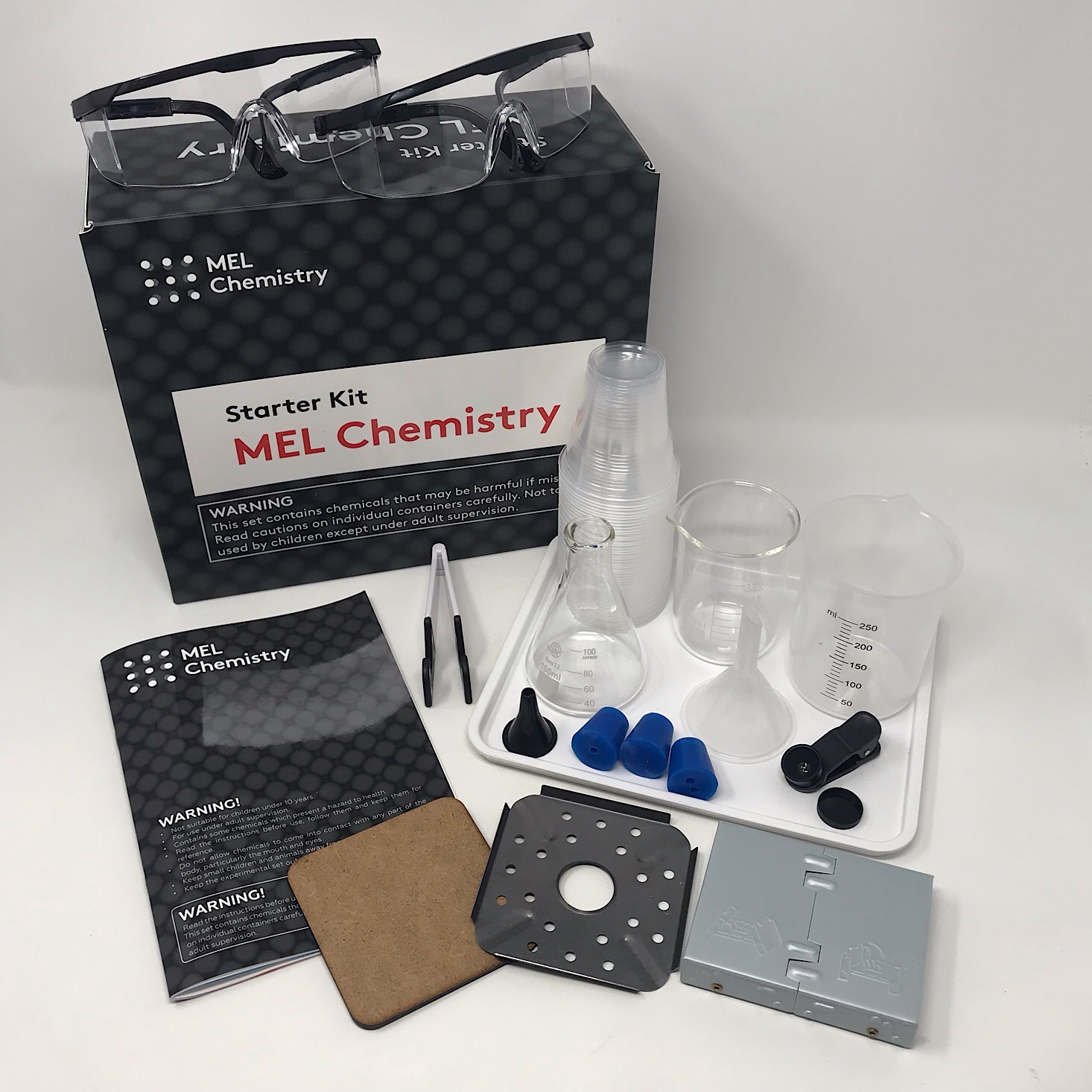
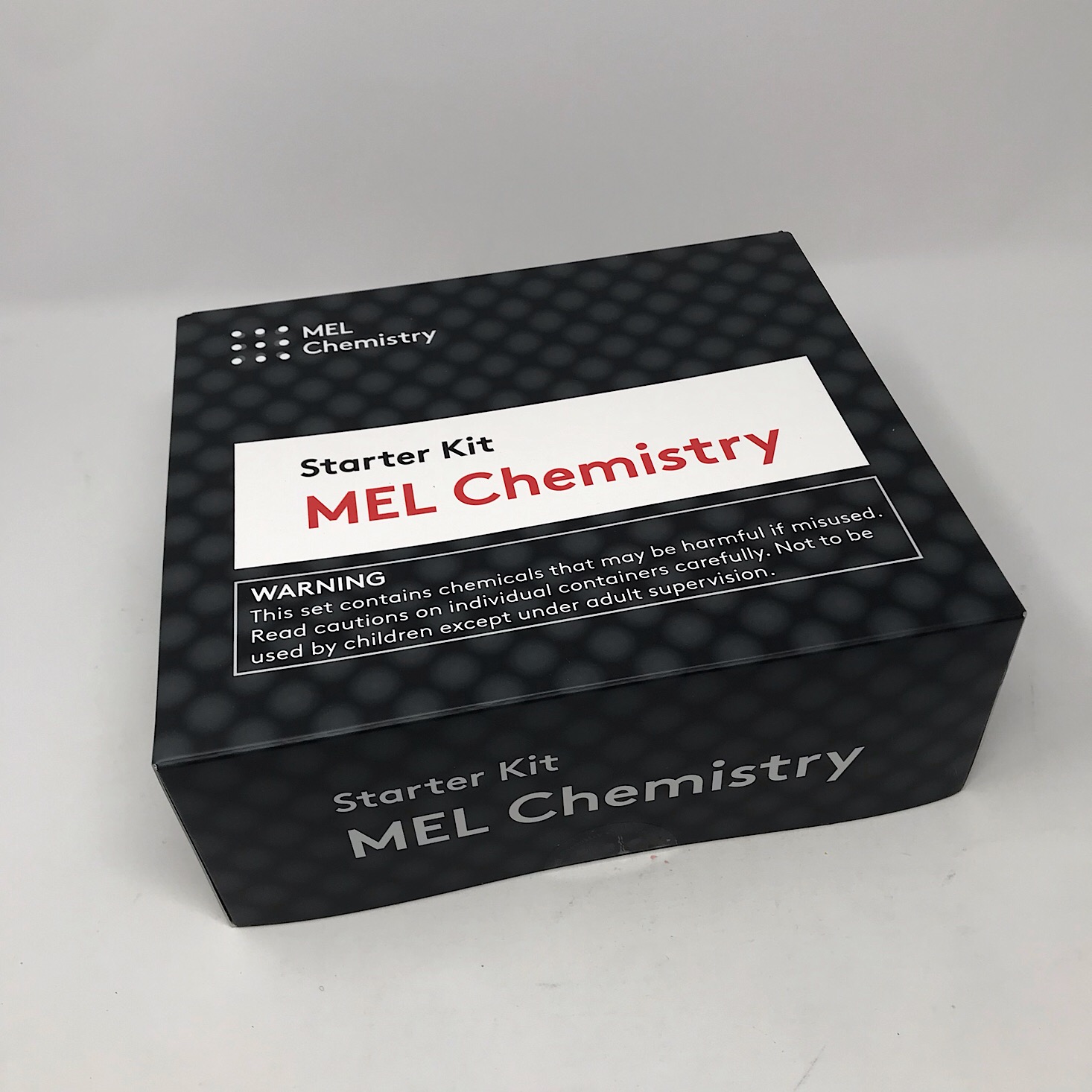
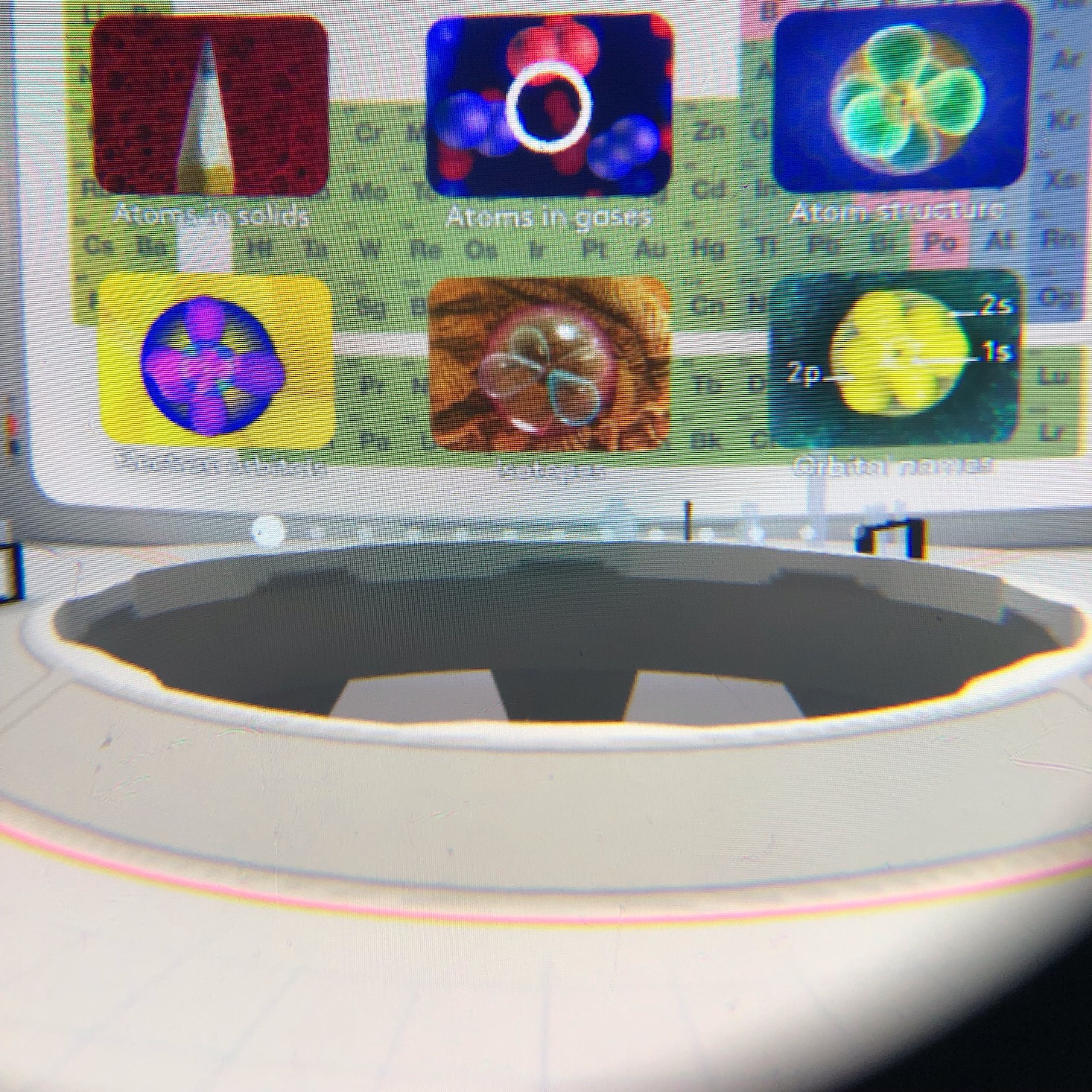








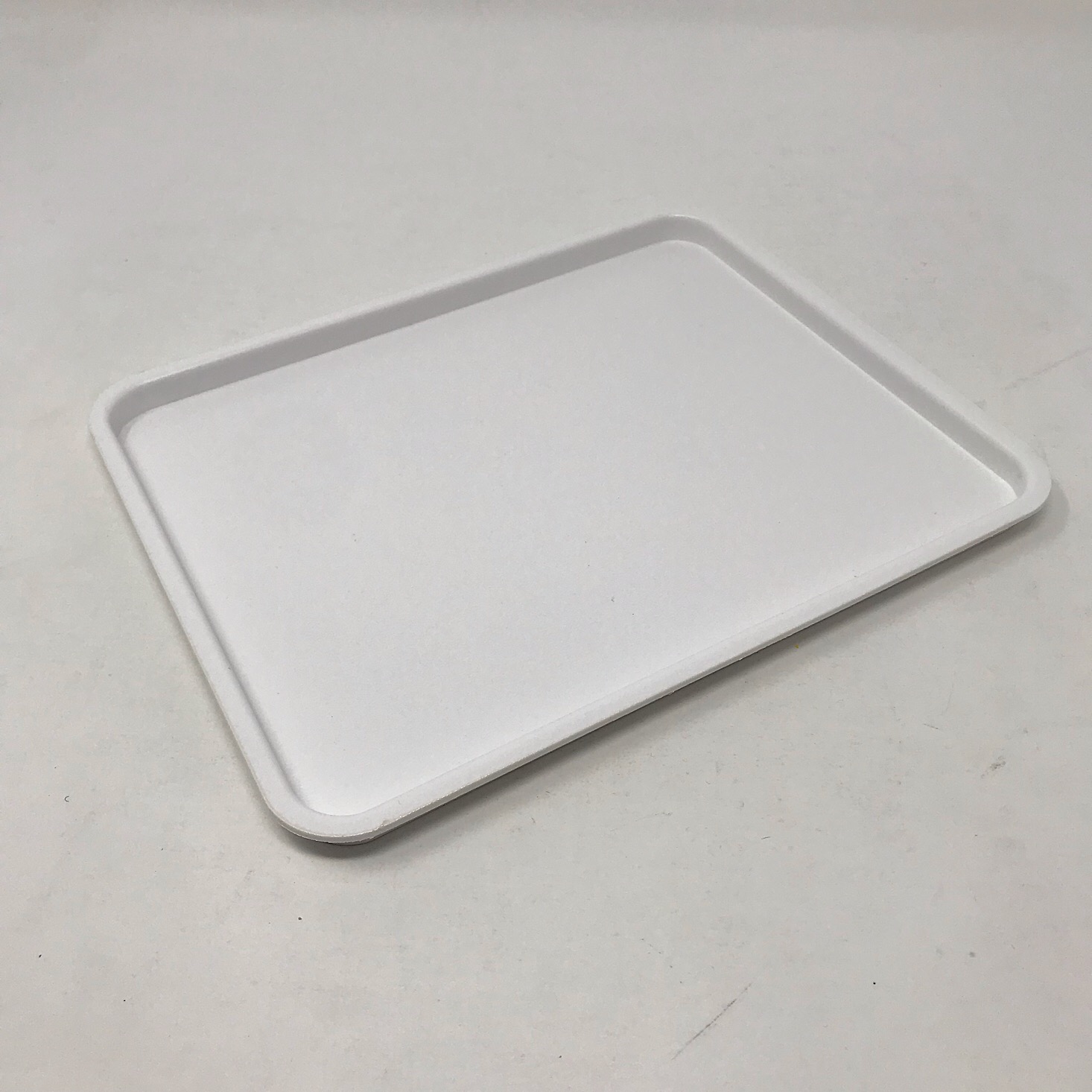
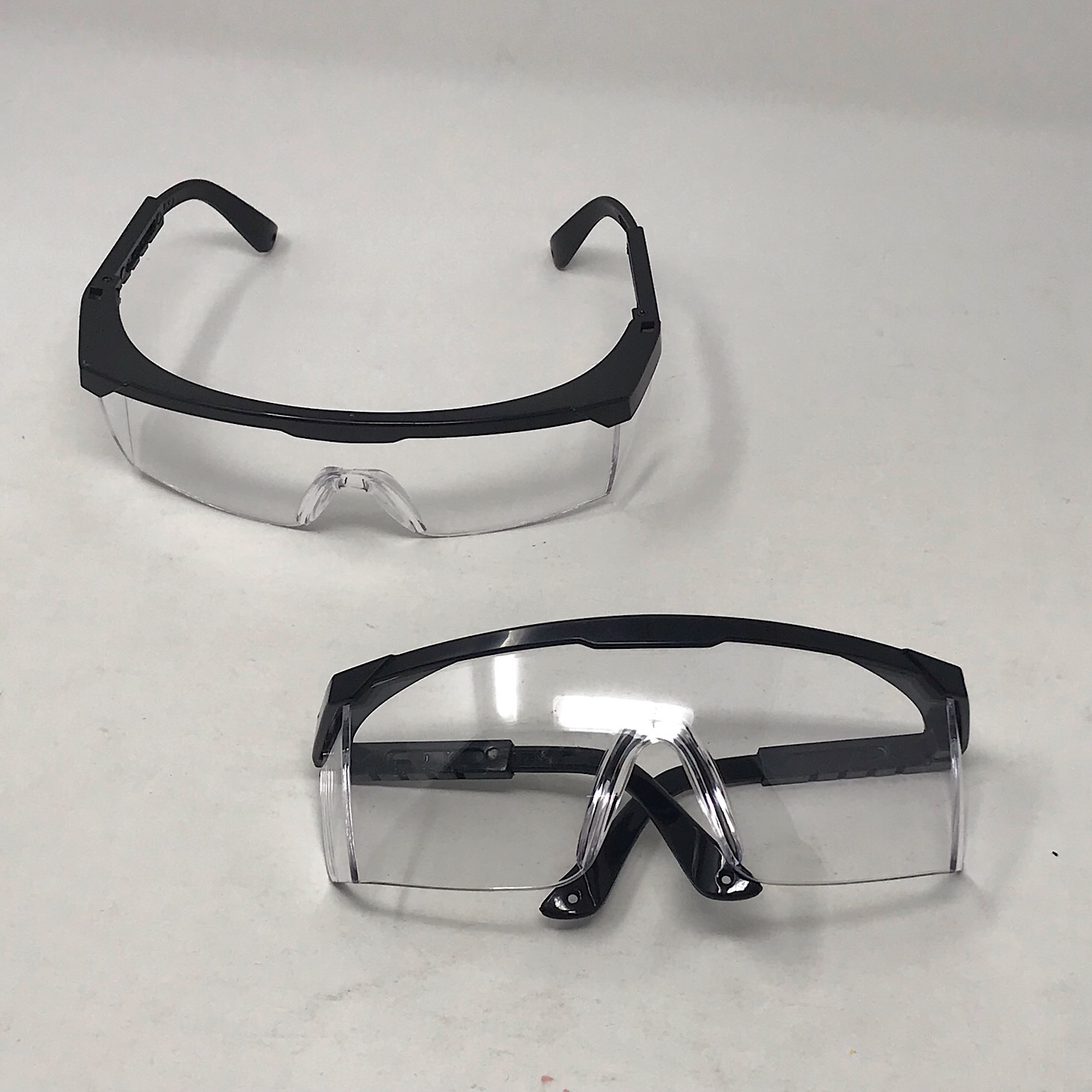


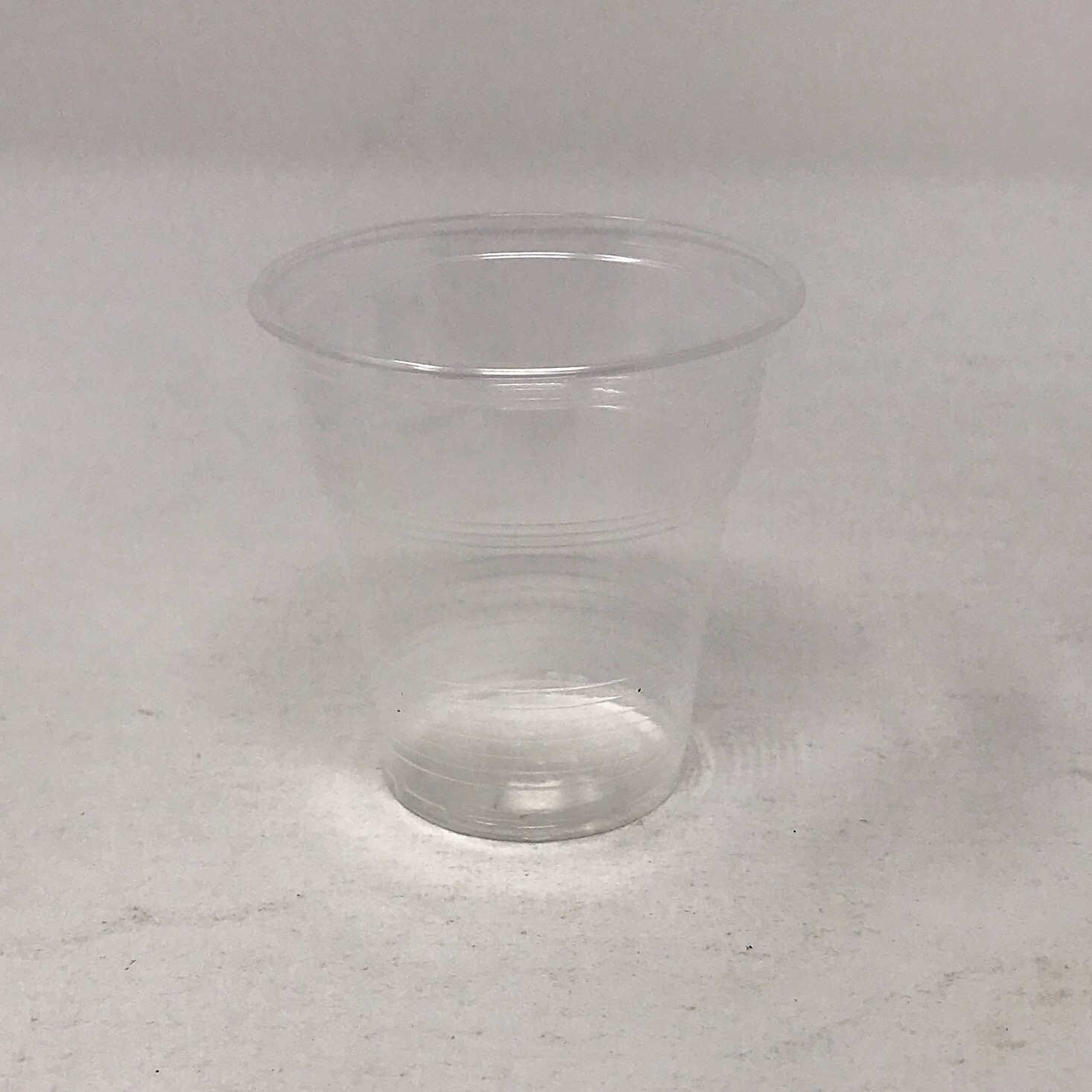
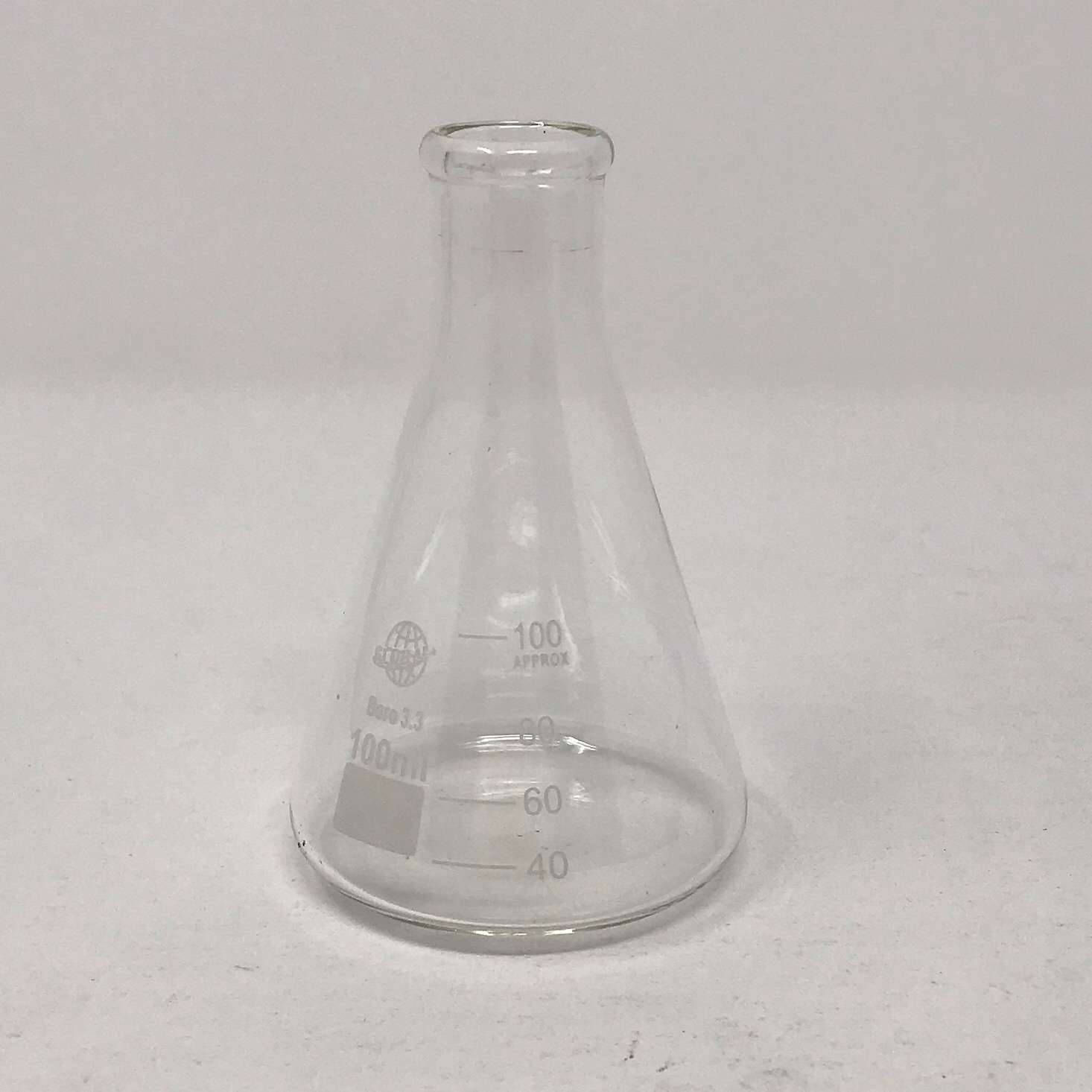



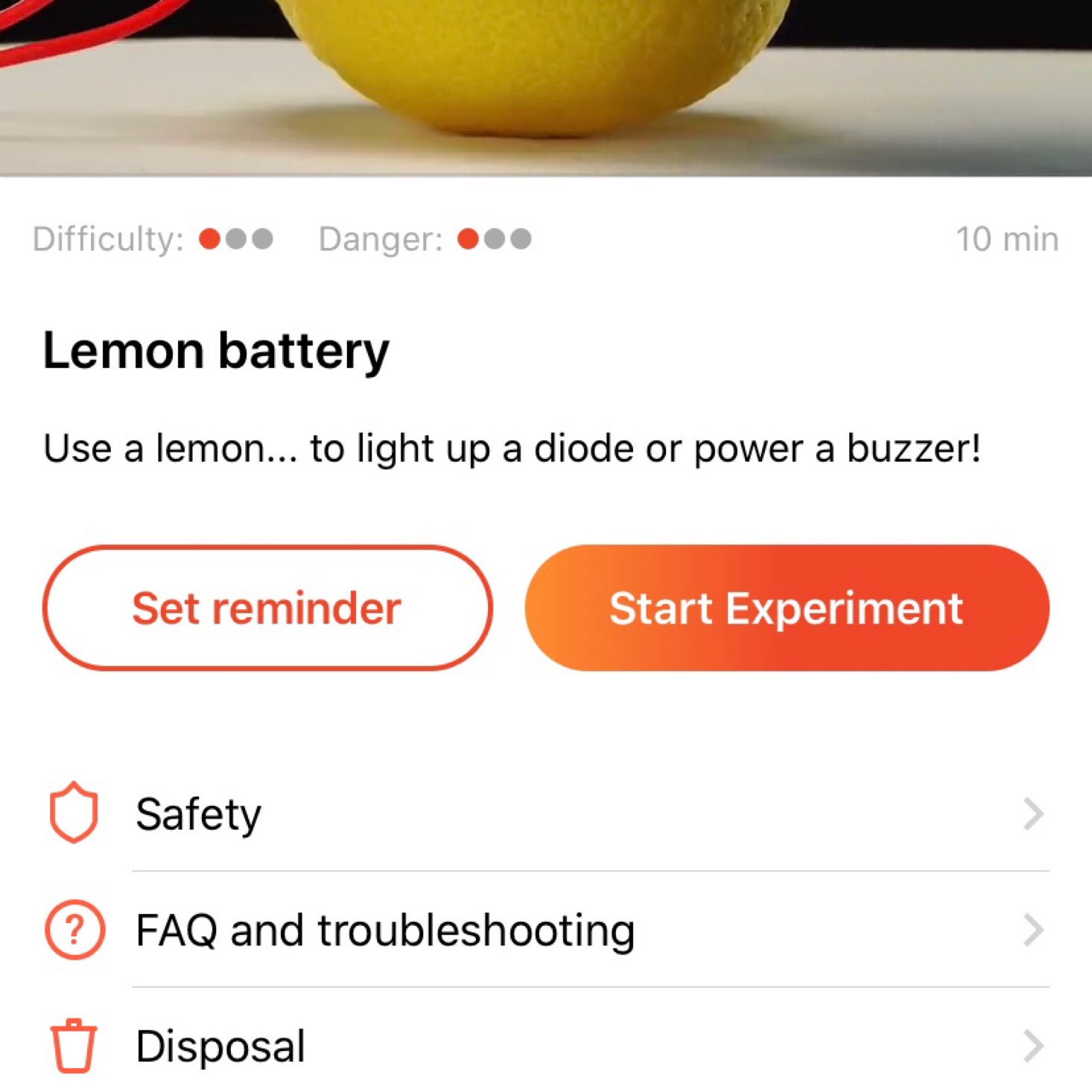
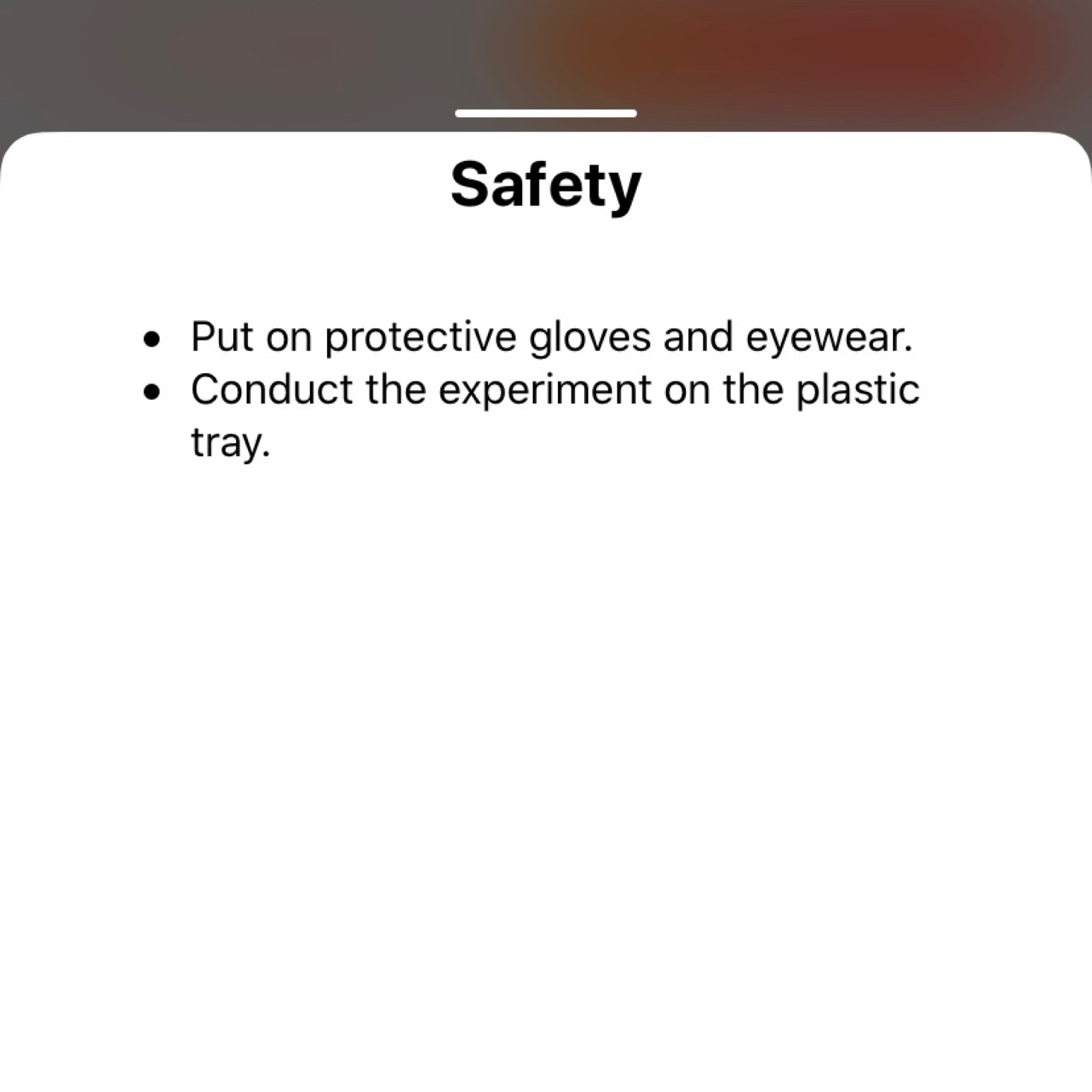






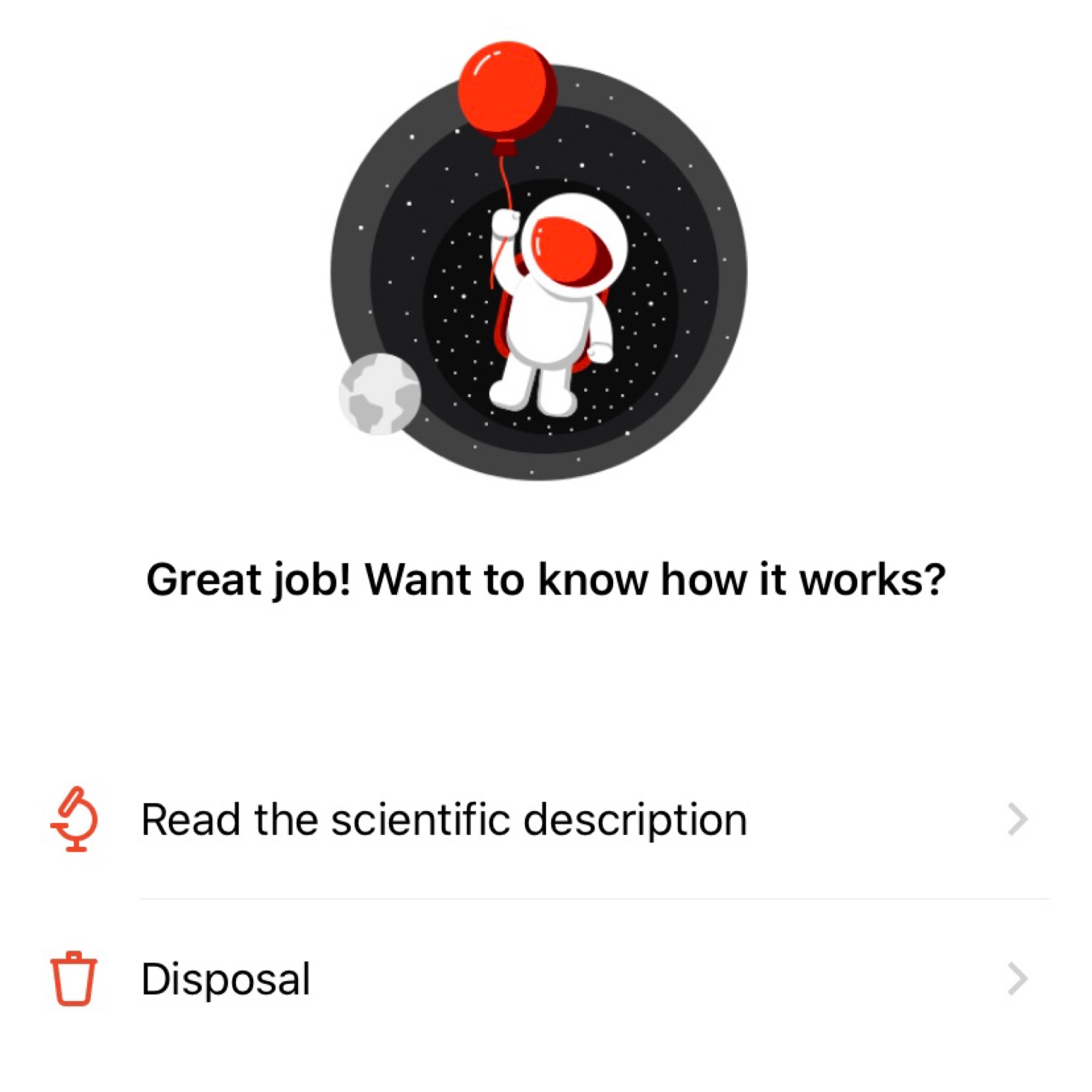













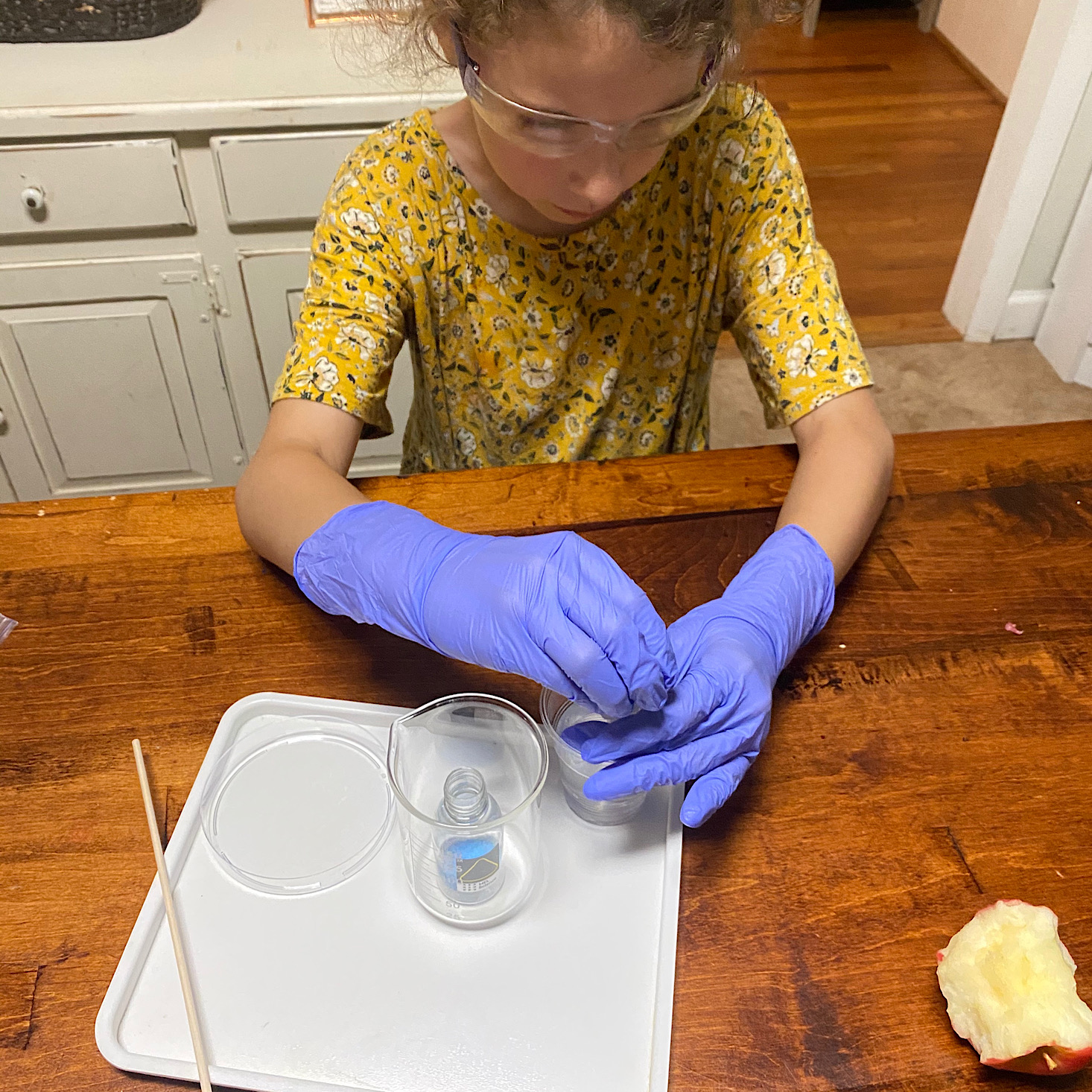

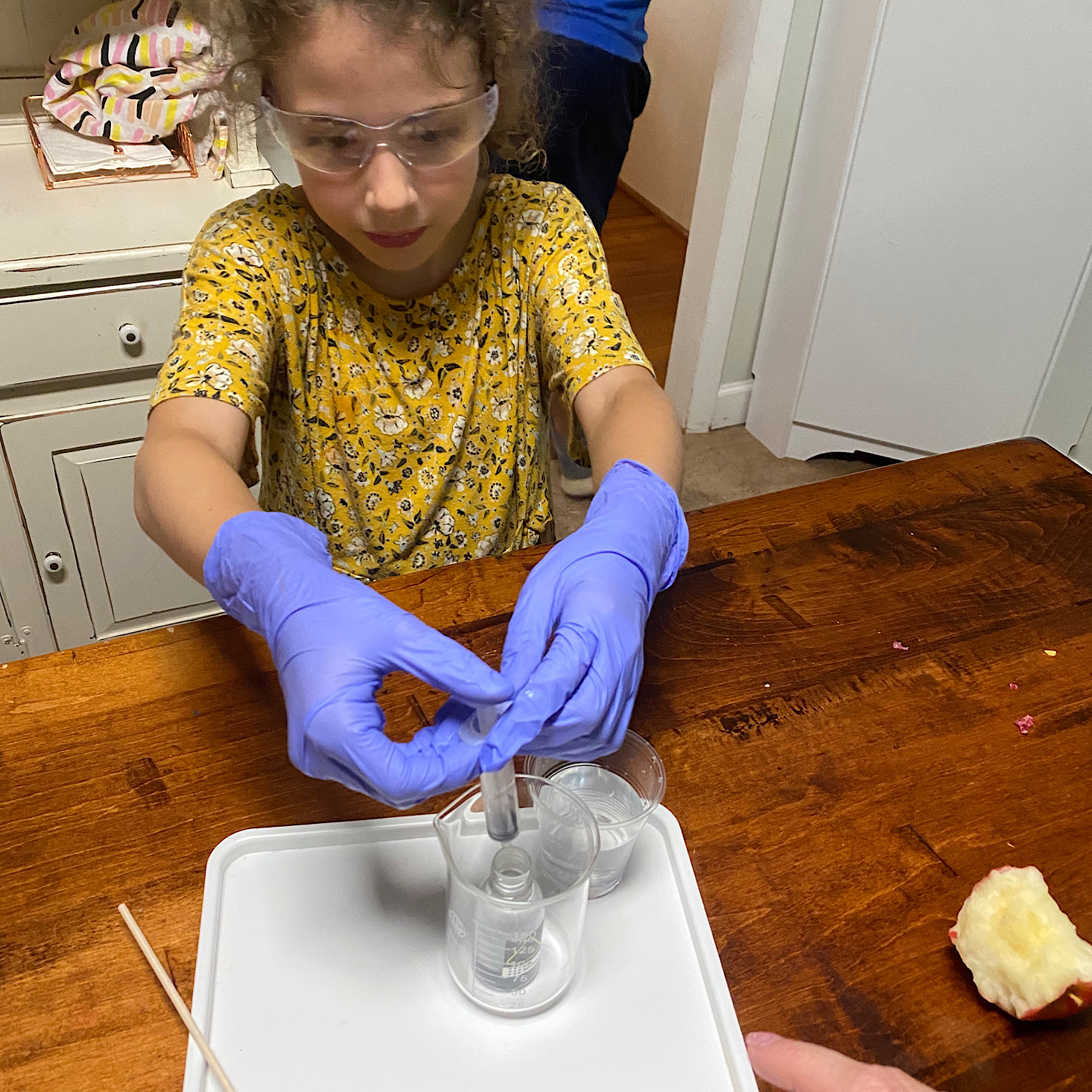
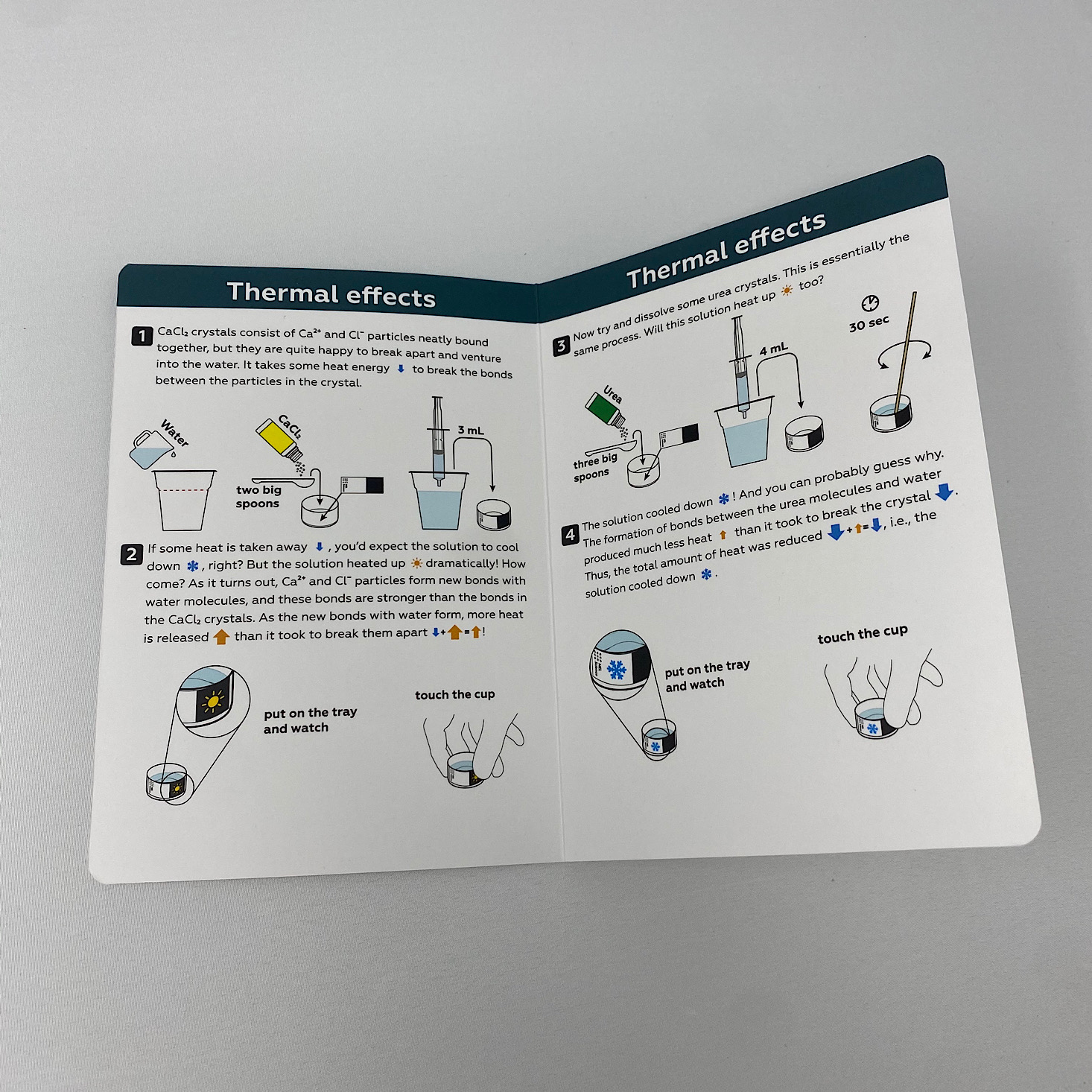


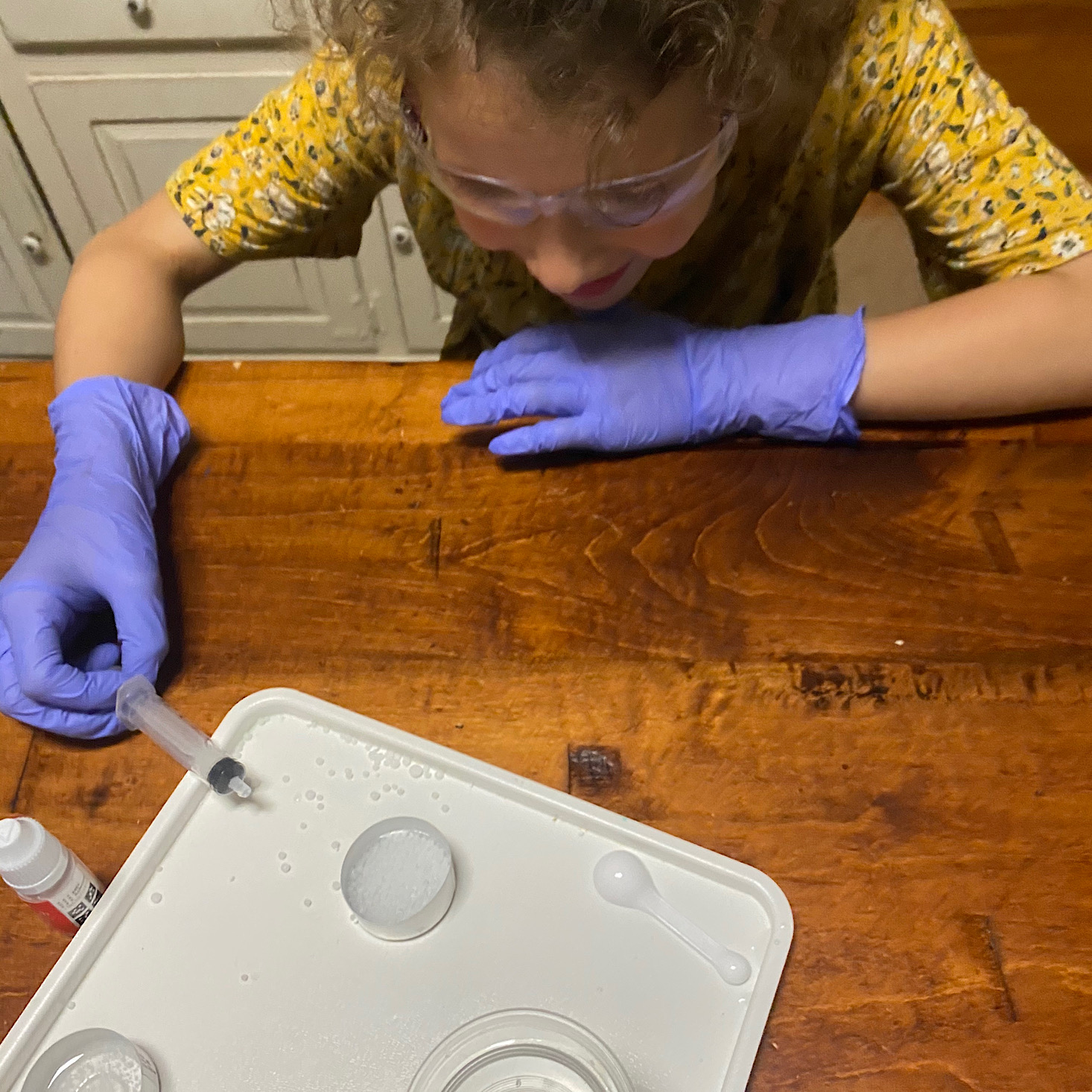
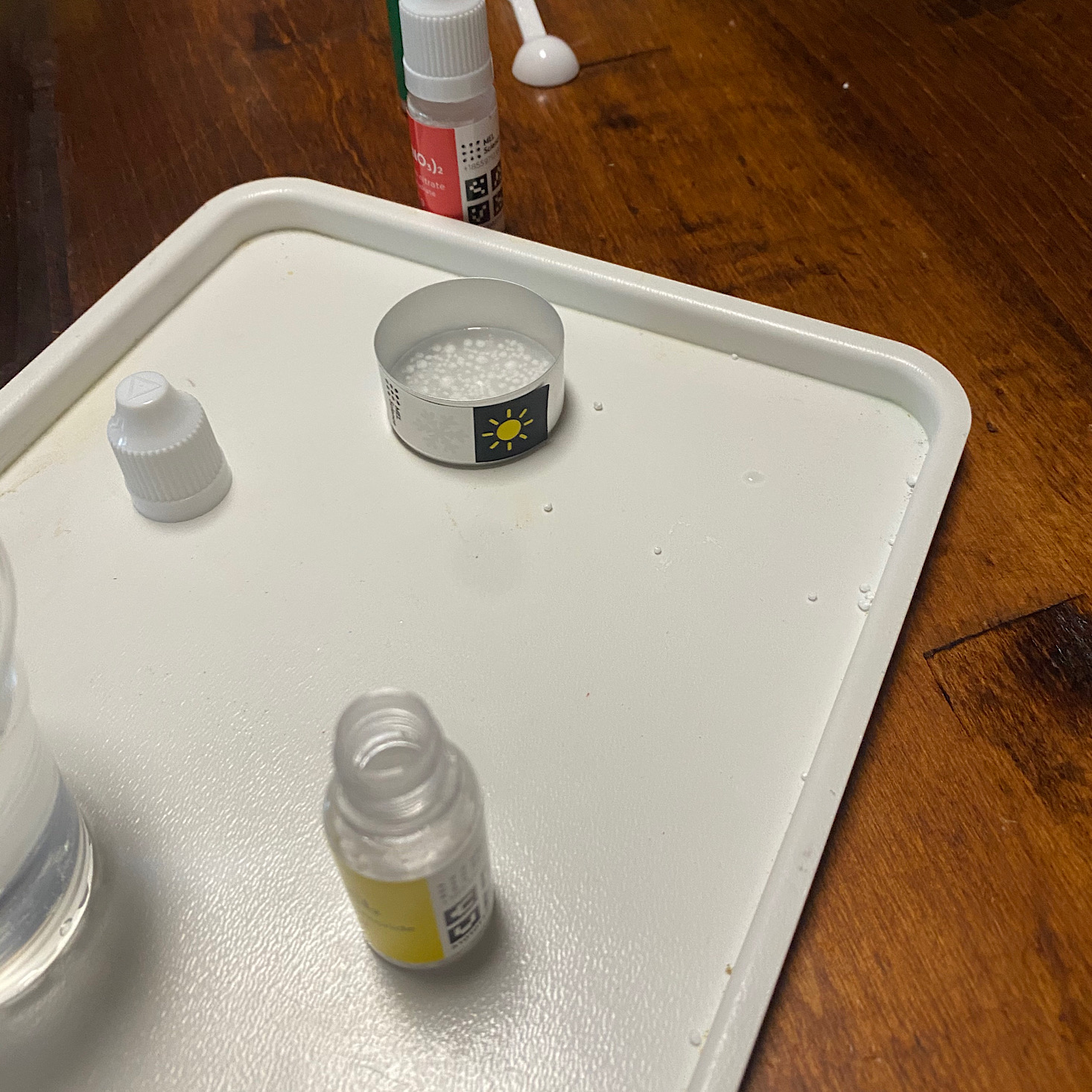

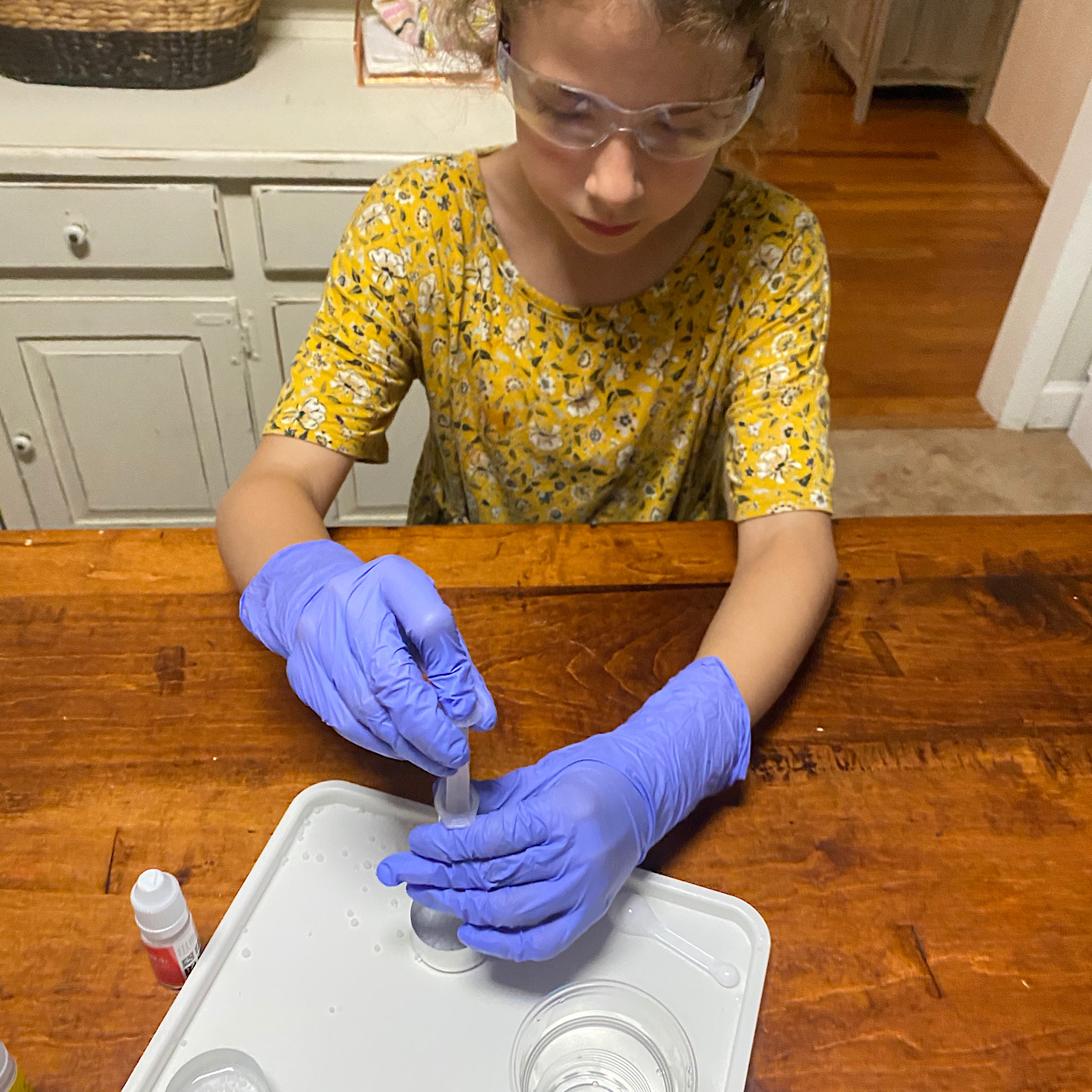


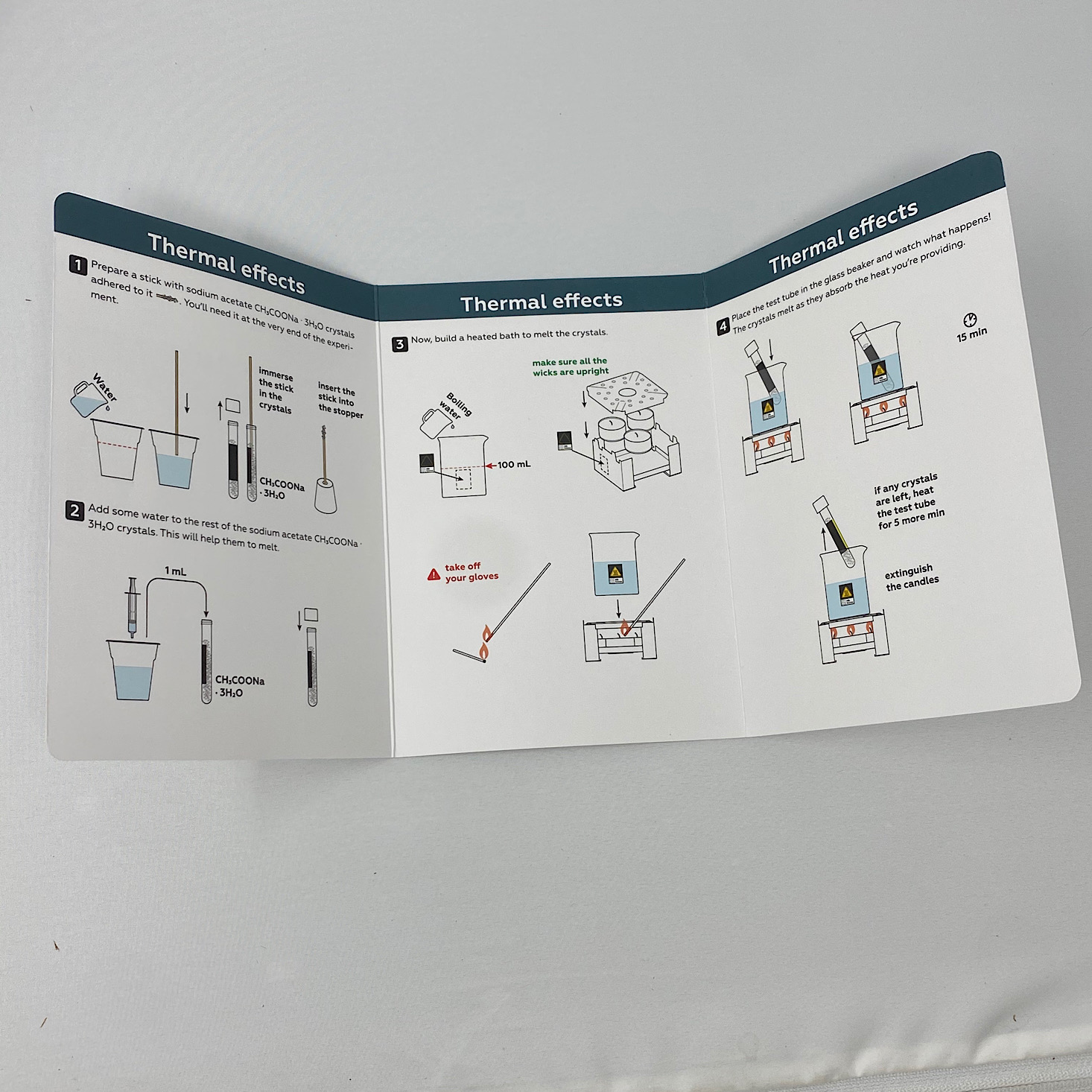





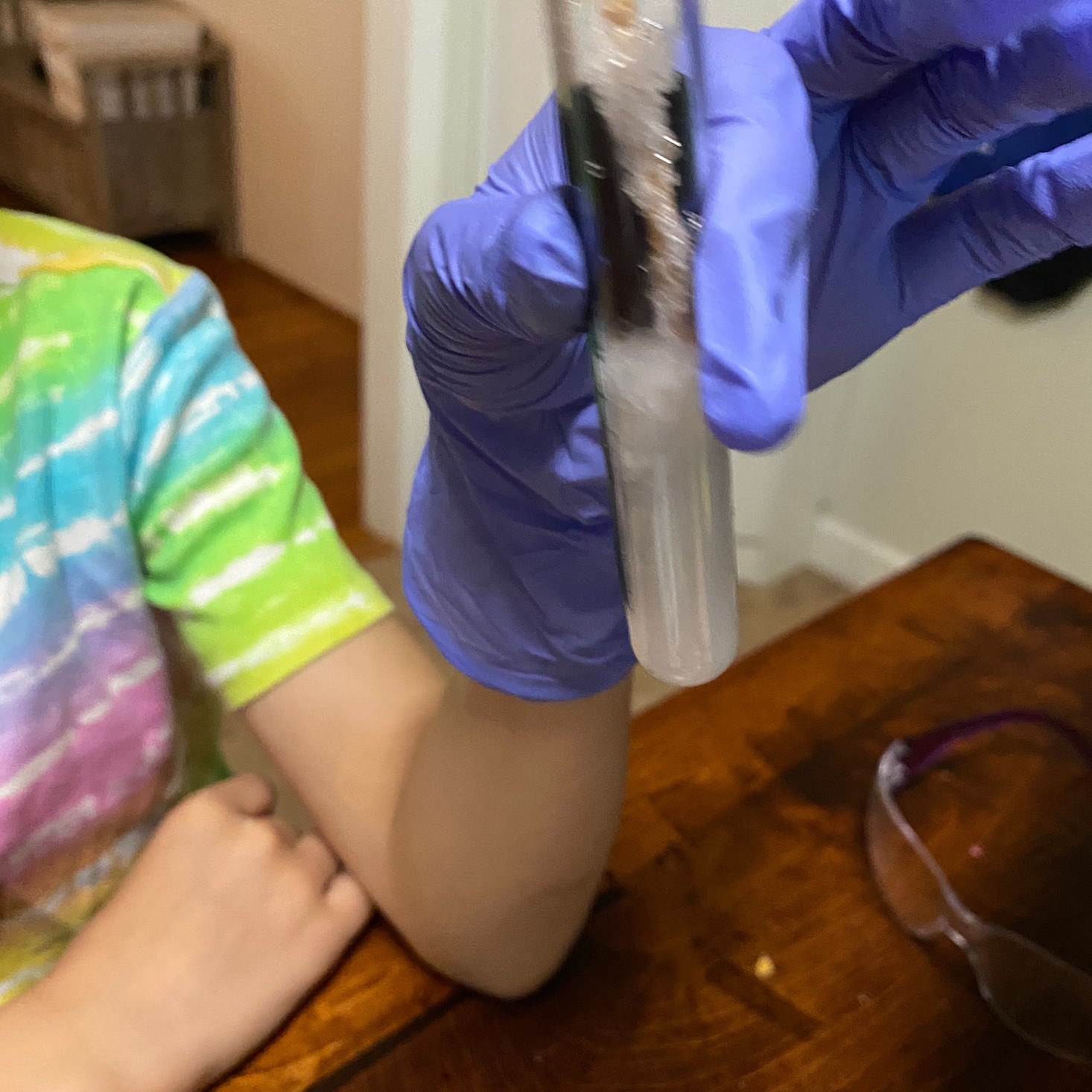




Please do not enter your email address in the Name field or in the comment content. Your email address will not be published. Required fields are marked *. Remember to post with kindness and respect. Comments with offensive language, cruelness to others, etc will not be approved. See our full comment policy here.